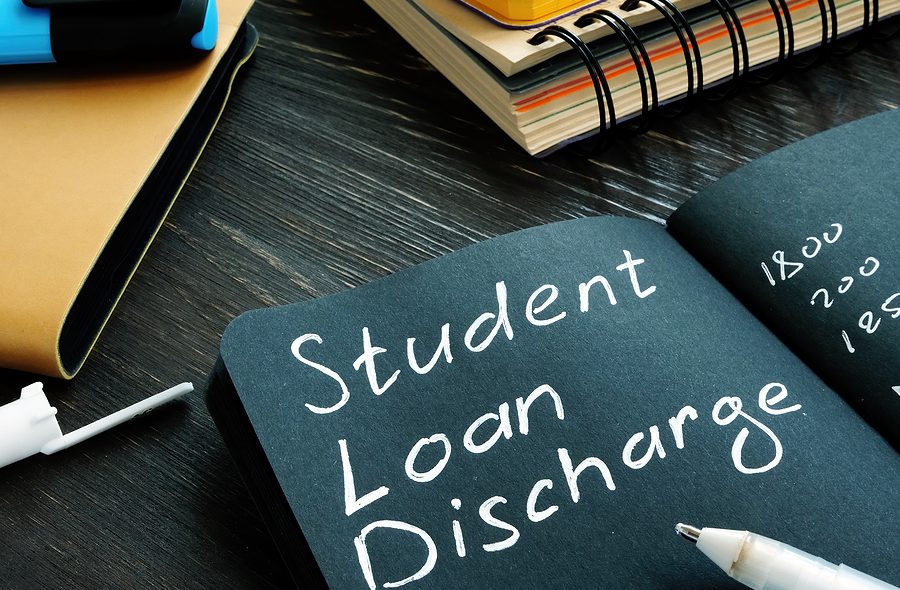Section 523(a)(8) of the Bankruptcy Code outlines a debtor’s ability to discharge student loan obligations. Under this section, student loans are presumably nondischargeable. However, there is a narrow exception if a debtor is able to show that repayment of their student loans will cause an “undue hardship.”
Two courts recently entered decisions on this issue within the same week, using the same standard for “undue hardship.” The District Court for the Middle District of Alabama and the Bankruptcy Court for the District of Idaho issued largely opposite decisions based on similar facts.
In ECMC v. Alexandra Elizabeth Acosta-Coniff, the bankruptcy court initially held that the debtor was able to meet the undue hardship threshold and discharge her $112,000 of student loans. However, on appeal, the district court reversed the decision.
The case involved a 44-year-old single mother of two who took out more than $100,000 in student loans pursuing four degrees, including two master’s degrees and a PhD in special education. As a full-time public school teacher, the debtor argued that the student loans were an undue hardship, as she was underpaid with no prospects to increase her earnings in the near future.
The court used the test for undue hardship, where the debtor must establish:
(1) That he or she cannot maintain, based on current income and expenses, a “minimal standard of living for herself and her dependents if forced to repay the loans;
(2) that additional circumstances exist indicating that this state of affairs is likely to persist for a significant portion of the repayment period of the student loans; and
(3) that the debtor has made good faith efforts to repay the loans.”
The district court denied the debtor’s discharge of the loans based on the second factor, holding that the debtor did not satisfy the burden to show that there are additional circumstances preventing her from fulfilling her payment obligations. The court reasoned that the debtor chose to earn four degrees with a general understanding of the cost versus benefit analysis and her multiple degrees enabled her to seek employment on a larger pay scale.
It reasoned that the debtor’s future ability to earn extra income was a realistic possibility, negating the need to discharge her student loans.
In Elizabeth M. McDowell v. Education Credit Management Corporation, and U.S. Department of Education, the court reached the opposite decision under the Brunner analysis.
There are essentially three criteria a debtor must meet under the Brunner analysis.
- Continuing to pay the loan must cause the borrower to be unable to sustain a minimum standard of living;
- The borrower’s financial situation must be unlikely to change in the future;
- The borrower must have made a good-faith effort to pay his or her loans.
The debtor, a 43-year-old single mother of two, owed $93,000 in student loan debt for both her undergraduate and graduate degrees. The debtor was steadily employed as a social worker, but had recently taken a $6,000 trip to South America to attend training for a career switch to photography. The debtor also financed the purchase of a motorcycle for her ex-husband.
At trial on the issue of undue hardship, her doctor testified that her health was deteriorating, and it was likely that she would be unable to work in the near future. Due to this fact, the court found her health condition to be an additional circumstance that would persist, or worsen, in the near future, satisfying the second requirement of the Brunner test.
The court recognized that the debtor made certain financial errors in the past, such as her trip to South America and the purchase of a motorcycle. However, the court held that she otherwise lived modestly while working full time. Ultimately, the court held that the debtor could discharge most of her loans, except for $10,000 which the court determined to be frivolous spending.
Click here to read more on this story.
For borrowers who are struggling with student loan debt, relief options are available. Many student loan borrowers are unaware that they have rights and repayment options available to them, such as postponement of loan payments, reduction of payments or even a complete discharge of the debt. It is important you contact an experienced Miami bankruptcy attorney who can advise you of all your options. As an experienced CPA as well as a proven bankruptcy lawyer, Timothy Kingcade knows how to help clients take full advantage of the bankruptcy laws to protect their assets and get successful results. Since 1996 Kingcade & Garcia, P.A. has been helping people from all walks of life build a better tomorrow. Our attorneys help thousands of people every year take advantage of their rights under bankruptcy protection to restart, rebuild and recover. The day you hire our firm, we will contact your creditors to stop the harassment. You can also find useful consumer information on the Kingcade & Garcia website at www.miamibankruptcy.com.
Related Resources:
http://www.lexology.com/library/detail.aspx?g=8b4f44fe-0baa-4e50-b4f8-d77adda86096
http://www.usnews.com/education/blogs/student-loan-ranger/2014/08/13/debunking-the-student-loan-bankruptcy-myth


